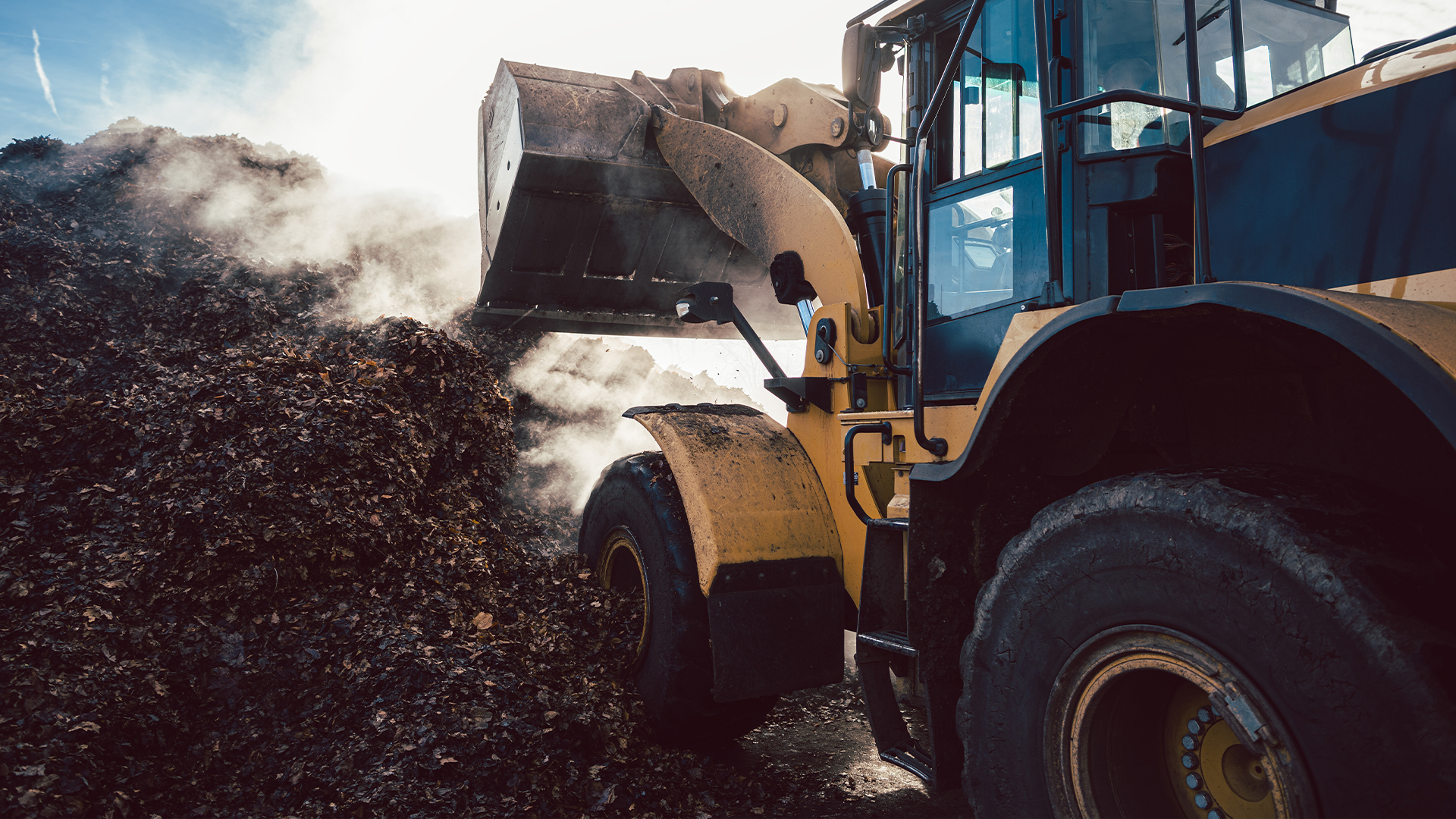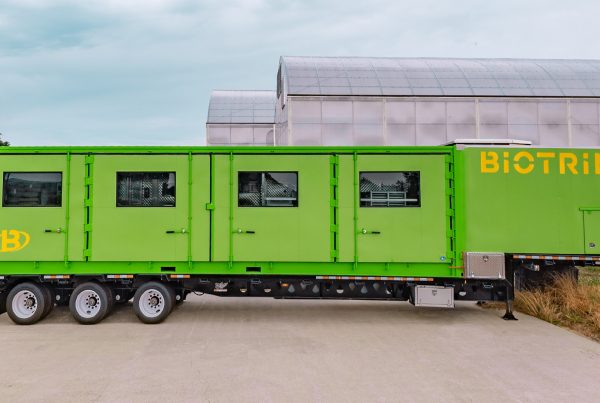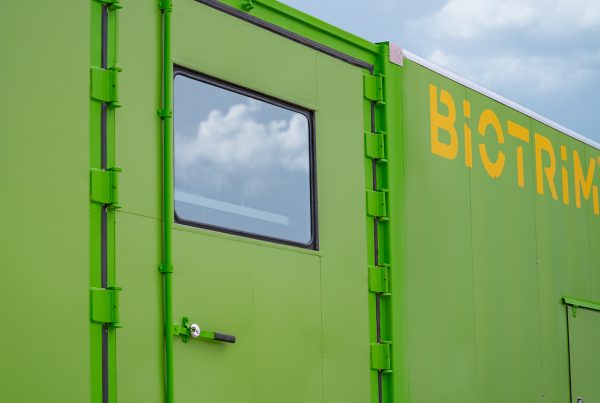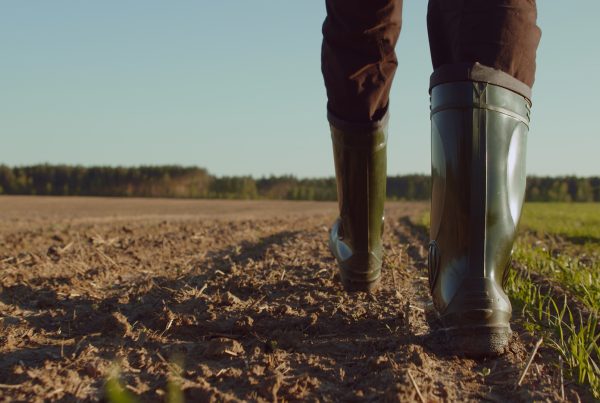A new report focused on the financial cost of climate change came out from the IPCC in March of this year. Two key points for Canadians:
- “The 2016 wildfire in Fort McMurray, Alta., caused $3 billion in insured damages alone. And in 2017, fire suppression cost the province $500 million.”
- “The 2013 Calgary flood which cost $1.8 billion in insurance losses and an additional $6 billion in uninsured costs.”
These disasters are only going to become more frequent and extreme as we continue to feed climate change with increasing levels of greenhouse gases (GHGs). Unfortunately, one of the sources of GHGs are farms themselves.
Roughly 13% of food that goes to landfill is fruit and veg coming directly from farms, that’s a whole lot of fruit and vegetables being grown, and then immediately dumped. It’s a travesty. But does it need to be?
There must be ways to better preserve or process our surplus and misfit produce. What about composting? Why not just convert it all into biofuels? Surely all of these ‘excess’ fruits and vegetables could be fed to animals as feed? Well, these are all much more complicated than they might appear.
Let’s talk about the Food Recovery Hierarchy. Research shows that some forms of food recovery are more beneficial to the environment, society, and the economy than others and we take this to heart. Feeding people first is always our priority, and when it’s not reasonable to do so, we find other methods.
A quick note on transportation: for *almost* all of the following methods, the food to be disposed of needs to be moved to an appropriate location. While the financial cost of this isn’t all that high, it’s still a cost. Moreover, transportation further emits greenhouse gases, contributing to climate change.
Landfill
This is simply dumping the food. This is pretty clearly the worst option as not only does all that food not get consumed, because it’s mixed in with all kinds of other trash, it doesn’t break down into anything we can use and instead decays into greenhouse gases. For example, landfills are responsible for 23% of Canada’s methane emissions. This means that all the energy, labour, fuel, etc that went into the production of that food is not only just wasted, but producing more damage as it sits there.
Landfill has been the default option for decades simply because it’s easy, we didn’t understand the repercussions, and the other methods require much more work to undertake. However, with landfills being convenient and incredibly out of sight, it’s hard to get the public’s attention on the severity of this solution, which by the way contributes to nearly 3% of global greenhouse gases.
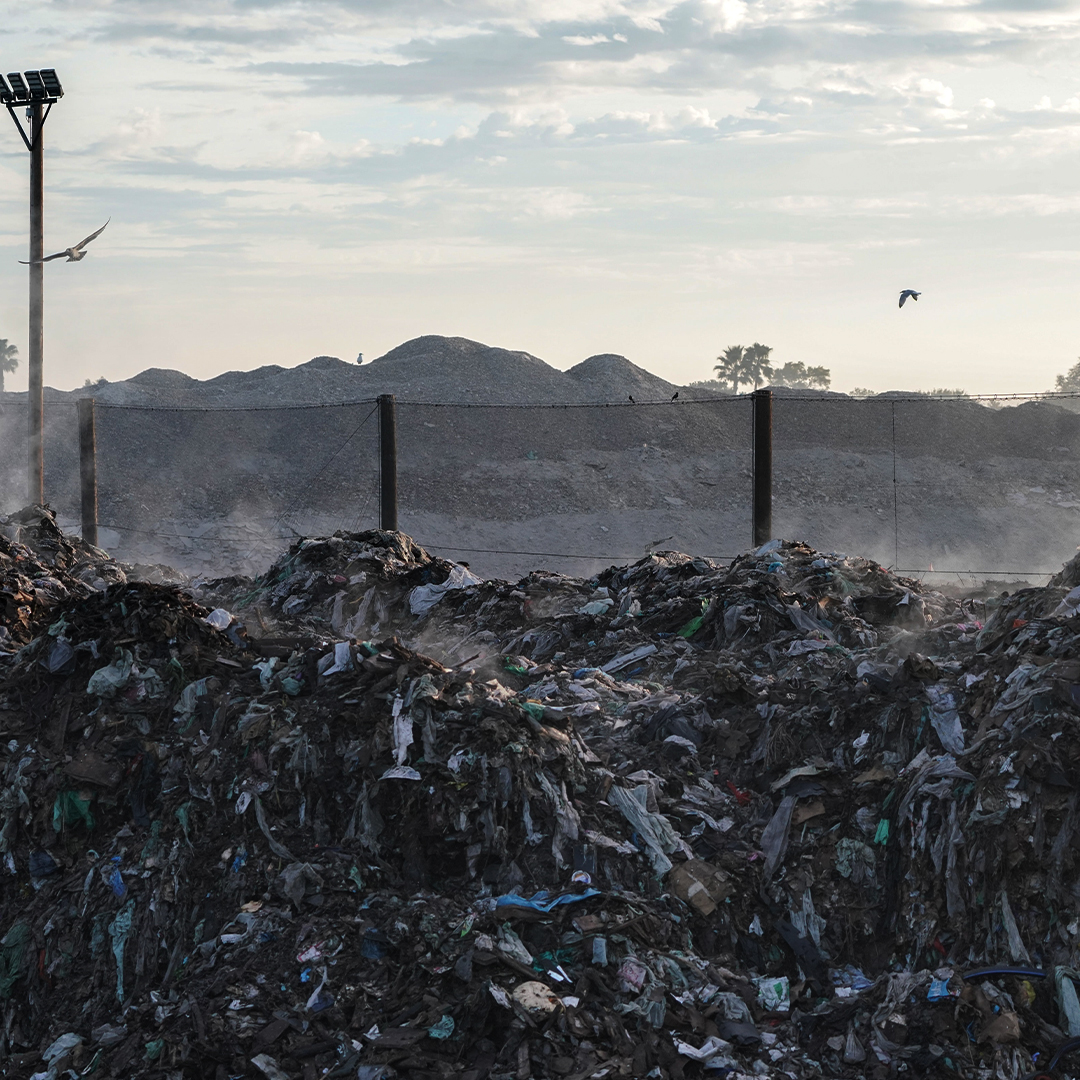
All Composting Isn’t Equal
Composting food is one of the better options when food is spoiling and nothing else can be done with it. However, there are several methods of composting, so let’s start by comparing aerobic and anaerobic. It’s preferable to produce nutrient rich compost with aerobic methods, which require oxygen. This compost will ultimately produce fertile environments for growing more food. However, this method requires attention, preparation, and isn’t always the case when people refer to composting.
In contrast, compost methods that are anaerobic, do not require oxygen. This method is “easy”, as the organic material can be placed underground and forgotten, but we’re not much better off than throwing it in a landfill. Without oxygen there is a lack of sufficient microorganisms and heat to efficiently transform the food into compost, and the outcome is methane and carbon dioxide gas production.
If we’re composting properly, we can come away with some positives, but it still doesn’t compare to directly feeding people, or even feeding animals.
Biofuel Needs To Be Transported, A Lot
Biofuel is a complex topic, as there are several different kinds, and different kinds of produce are more (or less) suitable for each kind of biofuel. Different refining methods are needed for different types of produce, and how well the produce can be converted into ethanol largely depends on its sugar/starch content. Even if a refining plant that normally deals with wheat (70% starch) could be easily retooled to deal with sweet potatoes (19% starch), the process would be massively less efficient.
Once the produce is converted into ethanol (and pulp), that all has to be transported again. Because ethanol enthusiastically absorbs water from the atmosphere (and is thus diluted), it can’t be transported by efficient pipes but must be transported by vehicle in sealed containers. This brings all the issues of transportation back in for a second round. Moreover, the physical pulp that remains of the produce will still need to be processed to be useful.
The bottom line here is that we’ve spent a whole bunch of resources to produce food, and now we have to spend a whole bunch more to break it down into other resources. This seems like an expensive diversion when the food could just simply be provided to people who need it.
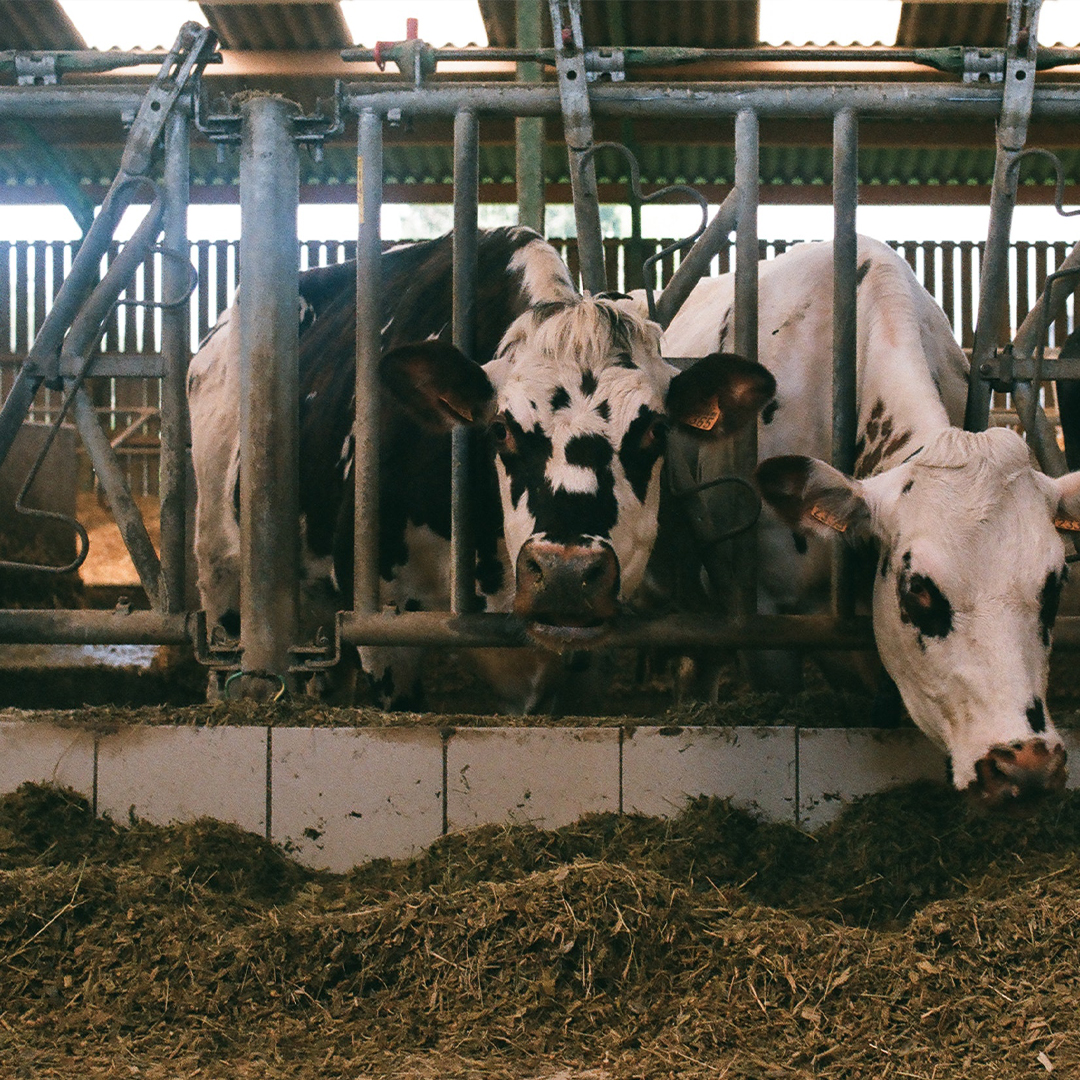
What About Animal Feed?
It seems pretty intuitive that bringing this excess food to animals as feed should be an easy solution, and it mostly is. Feeding food waste to animals that would then in turn be consumed by humans is a great option but there are significant losses. For example, the protein efficiency of pork meat production is 9%. This means that if a pig is fed waste produce, 9% of the protein in the feed would be effectively converted to animal product; the remaining 91% would be lost. Needless to say, if that excess food could have been directly provided to humans for an immediate benefit, it would have been much more efficient.
Food Grown For People Should Feed People
If we’re expending all of these resources to produce food for human consumption, then perhaps the ideal use of it is… human consumption. There’s no shortage of food insecurity, even just within Canada (1 in 8 households in Canada was food insecure in 2018), so rather than trying to find a way to reprocess this food into other food or even non-food, it seems like the best approach would be to simply put it into the hands of the hungry.
But preventing food waste like this is not always realistic. With fresh food we’re dealing with short timelines, logistics headaches and spoilage is inevitable.
What if we converted that otherwise wasted food into a shelf-stable alternative? We could save the nutrients and flavour from spoiling. This can be done through canning, dehydrating, cooking, pasteurising, or using BioTrim. This reduces the chance of spoilage and gives us a longer time to figure out distribution to those who need food.
So What’s The Best Option? Prevention.
Let’s use the food we produce as food for people first. Some may think there is a surplus food problem, but with over 800 million people food insecure throughout the world, we don’t have a surplus problem, we have a management and distribution problem. And for the food that is rendered inedible outside of our control, we have a responsibility to use it to the best of our abilities.
The bottom line is that our best chances at achieving a circular food system is to use the right tool for the right job. ‘Surplus’ food needs to be part of the whole food supply process, and not merely left as an afterthought. If we all work together, this is a very solvable problem.
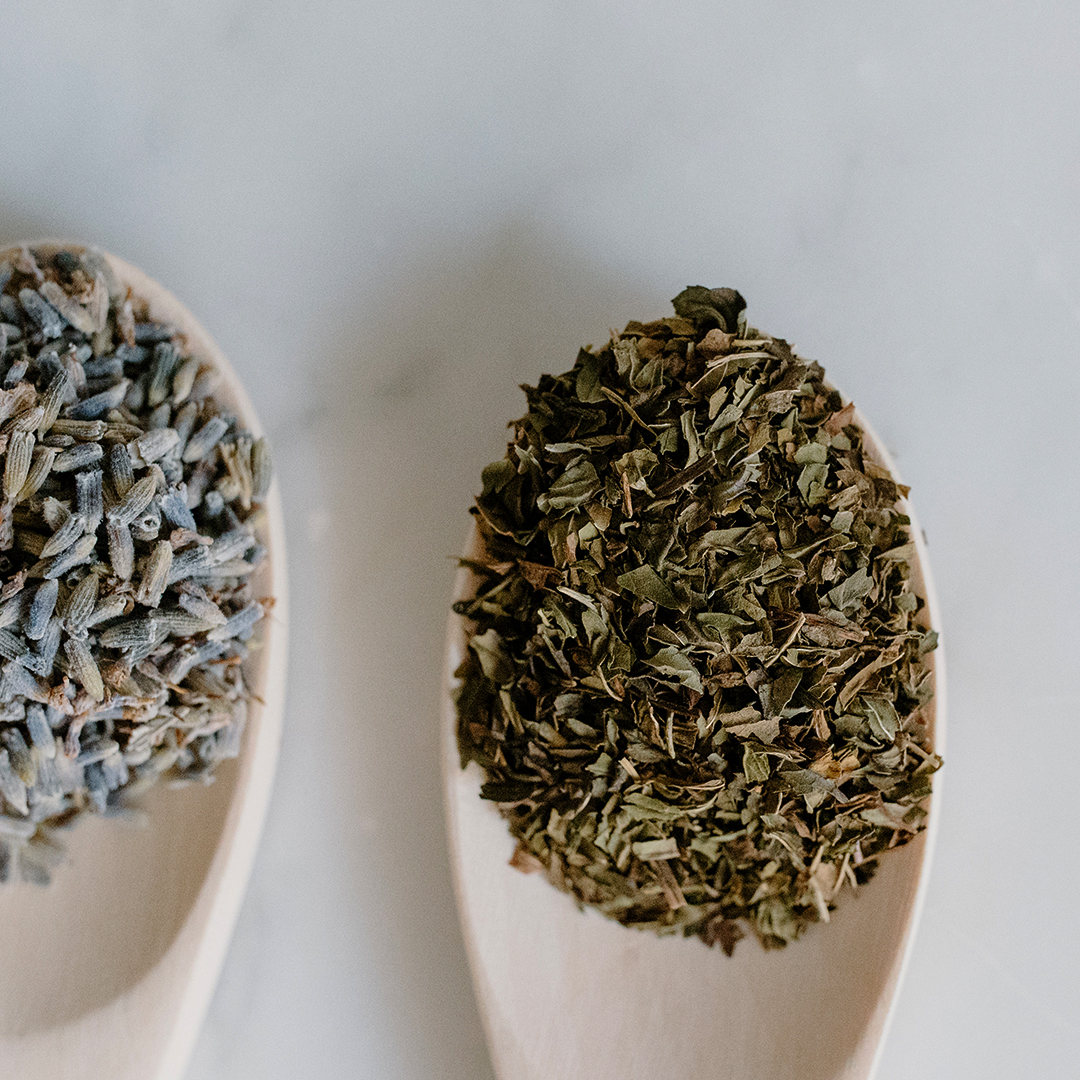
Article written by:
Brian Lynchehaun, Content Writer
Brian has long been interested in practical solutions to a variety of social justice issues, at the systemic level. With a BA in philosophy he is looking at everything with an interconnected macro lens.

